Hispid Cotton Rat
Brazilian Free-tailed Bat
Nine-banded armadillo
Lower Keys Marsh Rabbit
Eastern Gray Squirrel
American Mink
The elusive American mink, Mustela vison, is a Florida native. Like otters, they are members of the weasel family and therefore, fiercely carnivorous. Dinner consists of fish, snakes, crabs, crayfish, frogs, insects, and small mammals. Minks are smaller than otters, weigh up to 4 pounds, and are only 1 – 2.5 feet long.
Minks are semi-aquatic animals that live in marshes and along the banks of rivers and streams. They have been spotted in salt marshes near the northern Atlantic and Gulf coasts. The Everglades mink, Neovison vison, is state-designated as threatened. They have been documented in freshwater and saltwater marshes in the southern Everglades, Fakahatchee Strand, and Big Cypress Swamp. There have been no current sightings of mink in the freshwater habitats of northern and central Florida.
In the spring, female minks give birth in their dens of hollowed-out logs or under protective tree roots. The 3-6 kits open their eyes at 25 days, are weaned at 5-6 weeks, and stay with their mother until fall. Bobcats, great-horned owls, and foxes prey on mink. Life expectancy is only 3 years. However, humans are the biggest threat to minks. In addition to hunting mink for oil, fur, and to assure a large fish population in human fishing areas, humans have reduced the minks’ habitat and polluted the waters that supply their food.
Minks are fast and incredibly adept at staying out of the sight of humans. Because they hunt in the late evening, during the night, and early mornings, sightings are rare. FWC biologists are seeking help from the public to track mink distribution in Florida. If you see a mink, please report your sighting here: https://public.myfwc.com/hsc/weasel/Default.aspx
Photo Credit: JayStatonPhotography.com
River Otter
River Otters, Lontra canadensis, are members of the weasel family. They can be found in a variety of freshwater bodies, including rivers, creeks, swamps, marshes, ponds, and lakes throughout Florida, except the Keys. Otters love riparian areas, where they can create their burrows under tree roots on the bank and slide into the water for a tasty dinner of fish, crustaceans, reptiles, and amphibians. They also dine on insects, birds, and small mammals.
River Otters weigh 15-30 pounds and live to 12 years old. They are skilled swimmers. When they aren’t playing in the water or mud, you will find them marking their territory with urine, feces, scent glands, and scratch marks on trees. Females give birth to one to six pups in a den dug into the bank of a body of water or a hollow log. When they are two months old, the mother otter pushes her pups into the water where they quickly learn to swim.
Fun Fact: River Otters can hold their breath for 8 minutes.
Photo Credit: Paul Waller
Key Deer
Key Deer (Odocoileus virginianus clavium) are members of the North American White-tailed Deer family. They are the smallest species and are endangered.
Found only in the Florida Keys, these beautiful animals were poached and suffered from habitat loss, leaving only a few dozen left in the wild. In 1967, Key Deer were listed as endangered. The protections afforded them under the listing, as well as the establishment of the Key Deer refuge, have brought their population up to nearly 1,000. Big Pine Key and No Name Key are home to 3/4 of the population.
Key Deer dine on over 150 species of native plants. Adult females weigh about 65 pounds, and adult males weigh about 85 pounds. During the rut, the males lock horns as they compete. Breeding takes place in the fall. Between late spring and early summer, does give birth to one white-spotted fawn. When startled, Key Deer will raise their tails, exposing their white fur.
Humans can be a threat to Key Deer. When visiting The Keys, drive slowly, especially at night and in the early morning. Keep them wild. Resist feeding Key Deer unhealthy human food.
Photo Credit: Aymee Laurain and Dan Kon
Eastern Cottontail
The Eastern Cottontail (Sylvilagus floridanus) is best known for the white puffy fur on its tail’s underside. Cottontails grow to 14 – 17 inches in length and weigh two to four pounds. Their cotton-like tail is most noticeable when they hop.
Cottontails can be found in woodlands, fields, briar patches, bushy areas, and yards. They are herbivores often seen dining on clover, grasses, and other green vegetation. When greens are not available, Cottontails will seek out young woody shoots and bark. You will often see these solitary rabbits in the early morning or evening.
Breeding can occur any time during the year but happens most often in February through September. In about a month, the mother cottontail will give birth to a litter of 4 – 7 rabbit kittens. Female Cottontails can produce 3-4 litters each year.
Cottontails will stand on their hind feet to look for predators such as hawks, foxes, coyotes, or weasels. When one is spotted, these speedy rabbits can run up to 15 miles an hour and hop distances of up to 15 feet in a single leap.
Bobcat
The Florida Bobcat (Felidae Rufus Floridanusare) is one of two predatory cats native to the Florida region. Despite being the only two native wild cats to Florida, Bobcats and Florida Panthers diverged from two different lineages. Bobcats are a species of lynx. The lynx line diverged from a common ancestor 7.2 mya. The Puma lineage which the panther diverged from did not appear until 6.7 mya. Twice the size of domestic cats and weighing 12-28 pounds, Bobcats are often mistaken for the larger endangered Florida Panther.
Florida Bobcats are immediately identifiable by their short tails or bobs. Fringes of fur outline the sides of their heads. Their tails have white on the underside and black markings on the top side. They have spots of white fur on all parts of their body which can range in color from reddish-brown to grey.
Female bobcats require approximately 5 square miles of range while males require 15 to 30 square miles. The mating season occurs from August to March with the peak time occurring in February and March. The den can consist of a hollow tree, cave, rock outcropping, or other open shelters. Dense shrub thickets and saw palmetto provide cover for private dens. One to four spotted or mottled kittens are born in the early spring. Coyotes effectively regulate the Bobcat population when they prey on cubs. Florida Bobcats live up to 14 years.
Bobcats can swim and climb trees with ease, two factors that prevent them from falling prey to natural enemies besides human hunters. Bobcats usually hunt at night but can often be spotted during the day. Dinner consists of birds, carrion, rats, rabbits, raccoons, opossums, and squirrels. Towhees, thrashers, catbirds, and other ground-dwelling birds provide winter treats. Florida Bobcats play an important role in the ecosystems they inhabit by helping to control their prey animals’ populations.
This native species is abundant in Florida and can be found in forests, swamps, and hammocks. Though bobcats are stealthy, elusive, and show no interest in people, they are often seen in suburban yards and even city streets from time to time.
Bobcats typically do not approach humans but will do so if fed and taught to associate people with food. When living with Bobcats, we must do our part—secure chickens and other small pets in an enclosed pen. Domestic cats and dogs should not be left alone in your yard or on a screened porch. Always walk your dog on a leash. With just a little common sense, we can truly coexist with these magnificent cats.
Connect Respect Coexist
Photo Credit – Lynn Marie
White-tailed Deer
White-tailed Deer (Odocoileus virginianus) are found throughout Florida. They are often seen at dawn, dusk, or on overcast days near the edge of a forest where they browse vegetation and can quickly run back into the forest to avoid predators. Their favorite foods include twigs, leaves, acorns, mushrooms, and fruit. Deer are herbivores and enjoy many of Florida’s native plants, including buttonbush, tupelo trees, beautyberry, and persimmons.
In northern Florida, male deer can reach 190 pounds weight, although the average weight in Florida is 115 pounds. The average weight for a female is 90 pounds. White-tailed deer in Florida are smaller than their northern relatives because their bodies have adapted to the steamy temperatures. Their smaller bodies allow deer to use less energy to regulate their body heat. Adults are 55-80″ tall.
Male deer, known as bucks, grow antlers to establish dominance and attract does. Their antlers begin growing in the spring and will grow a velvet-like tissue. The tissue will dry up, and the buck will scrape it off by rubbing his antlers against a tree. The smooth, hard antlers are then ready to be used to fight if another male is pursuing the buck’s desired doe. Antlers are shed in late winter or early spring. They will regrow within 6 – 8 weeks, which is perfectly timed to the beginning of the breeding season.
Deer breed from September to March. Gestation lasts approximately 200 days, and the doe will give birth to 1-3 fawns. Fawns will start foraging with their mother at 3-4 weeks and are weaned at 2-3 months old. They will set out on their own when they are 6-18 months old.
White-tailed deer get their name from the white on the underside of their tail. To alert other deer of possible danger, white-tailed deer will raise and wag their tails like a flag. You may also see them stomp a foot and hear them snort. Their predators are panthers, bobcats, coyotes, dogs, and humans.
Fun Fact: Fawns are born with no scent. To keep her fawn safe from predators, the doe will hide her fawn in tall vegetation. She will visit the fawn several times a day to nurse but leave quickly, so her scent does not attract predators. If you find a fawn hidden among the brush, leave it alone and know that mom will soon return. Nature Knows Best!
Opossum
Opossums (Didelphis virginiana) are North America’s only marsupial.
Mother opossums have two litters each year and, like other marsupials, nurse their babies in their pouches, keeping them safe and warm. Baby opossums, called joeys, are about the size of an acorn when born and immediately crawl into their mother’s pouch. They will stay there for almost three months before they take a ride on their mother’s back. At over three months, the joeys are weaned and live independently.
Opossums love trees. Their long, prehensile tails, thumbs on all four paws, and sharp claws make them skilled climbers. They may be resting on a branch or nesting in a tree hole.
When encountering a human, an Opossum may hiss, growl, and show all 50 of their teeth to tell you to leave. The 50 teeth are used to chew the different types of food in an opossum’s diet. Opossums are not picky eaters and eat fresh fruit, grass, nuts, carrion, worms, birds, mice, insects, and snakes. They are immune to bee stings and snake bites. They often enjoy a free human meal in unsecured garbage cans and open dumpsters.
Opossums play “possum.” When threatened, they will roll on their sides and play dead. Their eyes may be open or closed. They may urinate, let their tongue hang out, foam at the mouth, and secrete a foul scent from their anal glands. They will remain this way until the threat has passed.
Fun Fact: Each opossum can eat up to 5000 ticks each season.
Photo Credit: Dan Kon
Gray Fox
The Gray Fox is a member of the dog family, Canidae. This fox is common in Florida and can be found statewide except for the Keys. Their preferred habitat is dense cover in thickets, forests, or swamps.
The Gray Fox is also known as the Tree Fox as they are the only fox species that climb trees to evade predators and hunt prey. Gray foxes climb in a scrambling motion, grasping the tree trunk with their forepaws and forcing themselves higher with long claws on their hind feet.
Gray Fox’s diet consists of small mammals, insects, fruits, acorns, birds, amphibians, reptiles, carrion, and eggs. Due to their ability to climb, squirrels are an important source of food. Rabbits, mice, and rats are their preferred food.
The upper side of their bodies is salt and pepper gray. The nose and the sides of its muzzle are black. A black line extends from the corner of their eyes to their neck. The sides of their neck, backs, legs, the underside of their tails, and the base of their ears are all bright reddish-orange. A black stripe runs along the bushy tail, which measures 11 to 16 Inches. Gray Foxes grow to a height of 15 inches and 21 to 30 inches in body length. They weigh 7 to 13 pounds.
Gray Fox dens are located in hollow logs, ground burrows, beneath boulders, and even under buildings in areas where the foxes have become acclimated to people. The breeding season occurs from late January to March. Females give birth to 3-7 dark-brown, blind pups after 50 to 55 days. The male stays with his mate to care for the young, which are weaned at about 2 months. By 3 months, they leave the den with their parents, who teach them to hunt. They stay with their parents until late summer or fall.
Photo Credit: Broward County Parks and Recreation Division
Gray Fox at Highlands Scrub Natural Area, Pompano Beach.
Eastern Spotted Skunk
The Eastern Spotted Skunk (Spilogale putorius) is native to Florida but is the least studied Florida species. It was thought that they were abundant throughout Florida except in the Keys. This is a small skunk, about the size of a squirrel, has a weasel-shaped body. Eastern spotted skunks have various areas of white on the body that mix with the black and vary on each individual. They have short legs and are slow-moving. The spotted skunk is omnivorous and enjoys dining on plants, berries, nuts, fruits, rodents, frogs, snakes, small lizards, and bird eggs.
Eastern Spotted Skunks are nest predators of ground-nesting birds. Unfortunately, the critically endangered Florida Grasshopper Sparrow is among the skunk’s prey.
A female spotted skunk will create a den in a tree hollow, gopher tortoise burrow, or abandoned structure. Her litter will range between 2 to 10 kits each year. At 4 weeks, the young go out looking for food with their mother and are weaned at 8 weeks. By 4 months, they are adults and leave the den. The life span of the spotted skunk is 1 to 2 years.
Like all skunks, the Spotted Skunk has well-developed anal glands that emit musk, if they are threatened. These glands contain a “nipple” that allows the skunk to aim its spray accurately. The spotted skunk is noted for its characteristic “handstand” stance that it takes when threatened. Before spraying its opponent, the skunk raises its front legs and turns its head to watch as it sprays.
The Spotted Skunk is the only member of the skunk family that can climb. Their predators include humans, dogs, cats, bobcats, coyotes, foxes, and owls.
The population of eastern spotted skunks has not been well-studied. Loss of habitat, insecticide use, and predators may indicate they are not as abundant as once thought.
photo credit FWC.
Florida Cracker Horse
The Florida Cracker Horse is a valuable and vital part of Florida’s heritage. While still rare, there are over 1,000 registered horses, which continues to grow yearly. The Florida Cracker Horse traces its ancestry to Spanish stock brought to Florida in the 1500s. They were given their name from the sound of the whips cracking as they worked cattle.
The Florida Cracker horse exhibits great endurance in an unfavorable environment. This horse exemplifies great patience and strength. The Cracker horse can work all day and night, traveling without additional care requirements. When the horses were left to roam freely, they evolved due to natural selection. They were tempered and molded by a challenging environment. In addition to playing an important role in the lives of Seminole Indians, they eventually helped Florida become a state of agriculture and ranching.
Through the efforts of several private families and the Florida government, the breed was saved from extinction, but there is still concern about its low numbers. The breed’s low numbers are considered to be at a critical point. The state has three small herds in Tallahassee, Withlacoochee State Forest, and Paynes Prairie State Preserve. The state maintains two lines for breeding and the line that roams the Paynes Prairie State Preserve for display purposes. By 1989, these three herds and around 100 other horses owned by private families were all that remained of the breed. The population is considered “critical,” meaning that there are between 100 and 300 active adult breeding mares in existence today.
Effective, July 1, 2008, the Florida House of Representatives declared the Florida Cracker Horse the official state horse.
Photo Credit: Kerry Waldo
Florida mouse
The Florida mouse (Podomys floridanus) is the State’s only endemic mammal. This mouse is a microhabitat specialist, centering its activities on gopher tortoise burrows in sand pine scrub or longleaf pine, turkey oak habitats. Florida mice construct their own burrows within the larger burrow of the gopher tortoise. Each adult female mouse uses about two tortoise burrows, alternating her residency with successive litters. Females begin to breed when they reach a weight of approximately 27 grams. Litter size is between 2-4 and the young mature very slowly. Occasionally two adult females will use the same tortoise burrow. Their diet consists of crickets, ticks, fruit, seeds, and berries. A baby of a Florida mouse is called a pinkie, kitten, or pup. The females are called does and the males are known as bucks. A Florida mouse group is called a nest, colony, harvest, horde, or mischief. They are listed as Vulnerable, considered to be facing a high risk of extinction in the wild. It is on the IUCN Red List of Threatened Species. They are not on the federally protected species list. They average between 5 to 8 inches long, and their tails are between 2 to 3.5 inches long, weighing between 1/2 ounce to 1 ounce. The Florida mouse has soft silky fur that is brown or brownish-orange in color. Its underparts are white. Their ears are large and furless. Their tails are long, and their back paws are large in size and have 5 pads. Their teeth are sharp, and they use them for gnawing. They are nocturnal, resting in their nest during the day and active at night searching for food. They communicate by emitting high-pitched squeals, and when they are excited, they thump the ground with their front paws producing a drumming sound. The Florida mouse also has a distinctive odor, almost like a skunk. They are also known to carry several diseases such as hantavirus pulmonary syndrome, salmonellosis, leptospirosis, and tularemia, which can be transmitted to humans.
If one should enter your house, be sure to use a live trap and release the Florida mouse outside where Nature intended.
Coyote
The coyote (Canis latrans) is a medium-sized omnivore. The average size of a coyote in Florida is about 28 lbs. Fossils of their remains have been found in Florida as far back as 2.6 million years ago. Due to the annihilation of the red wolves in Florida, coyotes are thriving. They are also stepping up to the plate to carry out the ecological task previously carried out by the red wolves. The role of a tertiary predator is important in maintaining balance and order in an ecosystem. They do this by regulating the trophic levels below them. If there are too many primary consumers, the vegetation can be depleted, causing soil and water problems. If there are too many secondary consumers, the primary consumer population can deplete, resulting in overgrowth. If prey isn’t available, coyotes adapt by eating vegetation.
February is part of the mating period. I suppose you could say Valentine’s Day is a romantic time for Coyotes as well as humans. After about a 63 day gestation period, the females will give birth. They will have to rely on the male to provide food for the mother and pups. The pups start weaning between April and May. This is done by eating the regurgitated food of their parents. By July, they are eating solid food. They begin hunting in August and will be ready to venture out on their own by December.
Coyotes are often called “song dogs” because of their variety of sounds. People frequently overestimate the number of coyotes in an area due to their singing. The phenomenon of hearing multiples is called the Beau Geste Effect. This term means “fine gesture” in French and comes from a book published in 1924. The story explains how a group of brothers used dead soldiers to give the illusion of several soldiers in an attempt to intimidate approaching forces.
Coyotes get a bad reputation, but with human behavior changes, we can learn to coexist with them. Don’t leave food out for other animals. Walk dogs on a short leash if you know coyotes are around. Secure trash. Keep your yard clear of any debris they could use as a den: secure livestock and their feed. If you see coyotes, make a loud noise to scare them away. As we learn to live with coyotes, we can learn to appreciate the role they play in keeping Florida’s ecosystems healthy.
Coyotes are a perfect example of an omnivore because they will eat almost anything. Their meals consist of plants, berries, dead things, insects (they love bugs), rodents, foxes, small animals of any kind including birds, small livestock, cats and small dogs, and of course, human and pet food!
Unlike wolves, coyotes do not hunt in packs. However, they will hunt with family members until their siblings go on their way.
Why are we seeing more coyotes in Florida? Humans have killed most of the wolves. Because wolves are now nearly extinct in Florida, coyotes have moved in and become king of the hill. They have no natural predators and will coexist in the wild with other animals, including panthers and bobcats. Coyotes love open grassy areas where rodents and other small animals live. Since man has cleared out many forests to make way for ranching and farming, the coyote has a free-range with plenty of food.
An adult coyote weighs 25 to 40 lbs. At times they may appear to be starving and seem very thin. This is their body build. Since they are extremely adaptable to almost any environmental condition and will eat almost anything, there is never any worry about coyotes finding enough food. When coyotes inhabit a new area, their population will grow quickly. Five to six pups may be born in a single litter. Once an area is established, the coyote population will level off.
Can we send them back to their original range? It has been tried in many states for hundreds of years, and the answer is no. Snare traps will most likely catch some other wild animal or someone’s pet before it captures a coyote. Two Florida black bears were found dead with coyote snares around their necks here in Central Florida. If we kill them, coyotes will just have more pups to repopulate the area quickly. Unless we reintroduce their natural predator, the red or grey wolf, and allow nature to take its course through Trophic Cascade, coyotes are here to stay.
What can you do to keep them wild and in the forests or uninhabited areas? We use the same techniques for coyotes as we do for our amazing Florida Black bears. Take in pet food and bird feeders, secure all attractants, scare that coyote if it is in your yard by yelling at it, making loud noises, etc. Never leave small pets outside unattended. Coyotes don’t know the difference between a small cat or dog and any other prey. It’s our responsibility as pet owners to keep pets safe.
Let’s learn to respect nature, and not fear it, to coexist and not destroy it.
Raccoon
The Raccoon (Procyon lotor) is found mainly in North America. These scrappy mammals are considered to be highly intelligent. They are recognizable by the mask-like black fur around their eyes and light and dark rings around their tail. The rest of their bodies are covered in grey-brown fur, and they weigh 8-15 pounds.
Raccoons are omnivores and very flexible eaters. Their diet is determined by their environment and can include frogs, fish, insects, mice, eggs, plants, and garbage. They are most active in the late afternoon and throughout the night.
Raccoons are mammals who communicate through a variety of hisses, growls, and whistles. There are seven known species of raccoons, but only the Procyon lotor is found in Florida. They will stay in urban areas or an area with water sources. In the wild, raccoons live for 2 or 3 years. Females give birth to between one and seven young, generally in a tree hole or log. Young raccoons are called kits.
FUN FACT:
Raccoons are known for putting their food in water, and there are theories as to why they do this. They aren’t actually washing their food but rather wetting it. Some think it is to enhance the taste of the food.
Photo credit: Aymee Laurain.
Marsh Rabbit
The Marsh Rabbit (Sylvilagus palustris) is found throughout Florida. They are strong swimmers and usually found near wetlands where they dine on a variety of plants. You can find Marsh Rabbits near fresh and brackish marshes, flooded agricultural fields, wet prairies, and other habitats near water.
Breeding occurs year-round but peaks from December through June. Each year, mother marsh rabbits produce an average of six or seven litters with two to four young per litter. Nests are found on the ground in thickets, stumps, or logs. lined with grass and breast fur. Young rabbits are weaned and are foraging for themselves within four weeks.
Predators include owls, foxes, bobcats, and alligators who, like the Marsh Rabbit, are most active at dusk, dawn, and throughout the night.
Marsh Rabbits are a bit smaller and darker than the Eastern Cottontail Rabbit. Instead of a white cottontail, Marsh Rabbits sport a small gray-brown tail.
Photo Credit -Dan Kon
Southern Fox Squirrel
This beautiful young mother was seen at the Dade City Pioneer Museum in Dade City, Florida. You can see she has been nursing recently. This curious squirrel kept a watchful eye on humans but eventually retreated to a nearby tree. She was quite a cooperative model.
Photo Credit:
Aymee Laurain and Andy Waldo
Florida Bonneted Bat
The Florida Bonneted Bat (Eumops floridanus) was deemed endangered in 1993 but was not federally listed until 2010.
This cool animal, a large free-tailed bat, is approximately 5.1-6.5 inches in size and is considered critically endangered. Color varies from black to brown to brownish-gray to cinnamon brown.
Bats love to forage over ponds, streams, and wetlands. They
drink as they are flying over open water. If their water source becomes dry, they will move to where this is water. Bonneted Bats have been seen drinking out of swimming pools and other open-sourced waterways.
Bonneted bats have been seen nesting in the holes left by red-cockaded woodpeckers in Longleaf pine trees as well as in the shafts of royal palms.
These wonderful animals live in some Central Florida counties, with most living in South Florida. The total number of Bonneted Bats worldwide is estimated to be around 250. Bats in South Florida, including this species, appear to have declined drastically in numbers in recent years due to loss of roosting sites, effects of pesticides, hurricanes, and habitat loss from development.
Remember, what we may fear is not bad for us or the environment. Our fears demand us to educate ourselves about the amazing reasons why these animals are here and how they contribute to our Circle of Life.

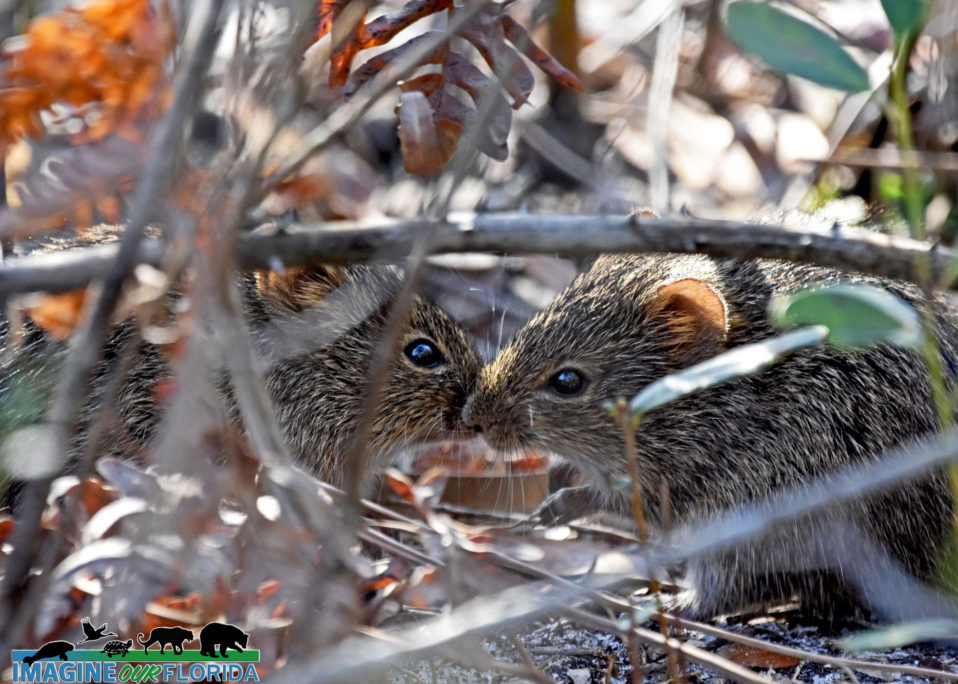
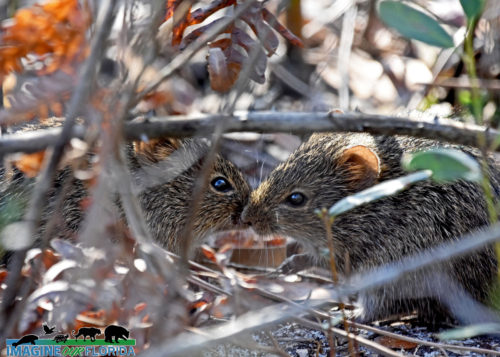
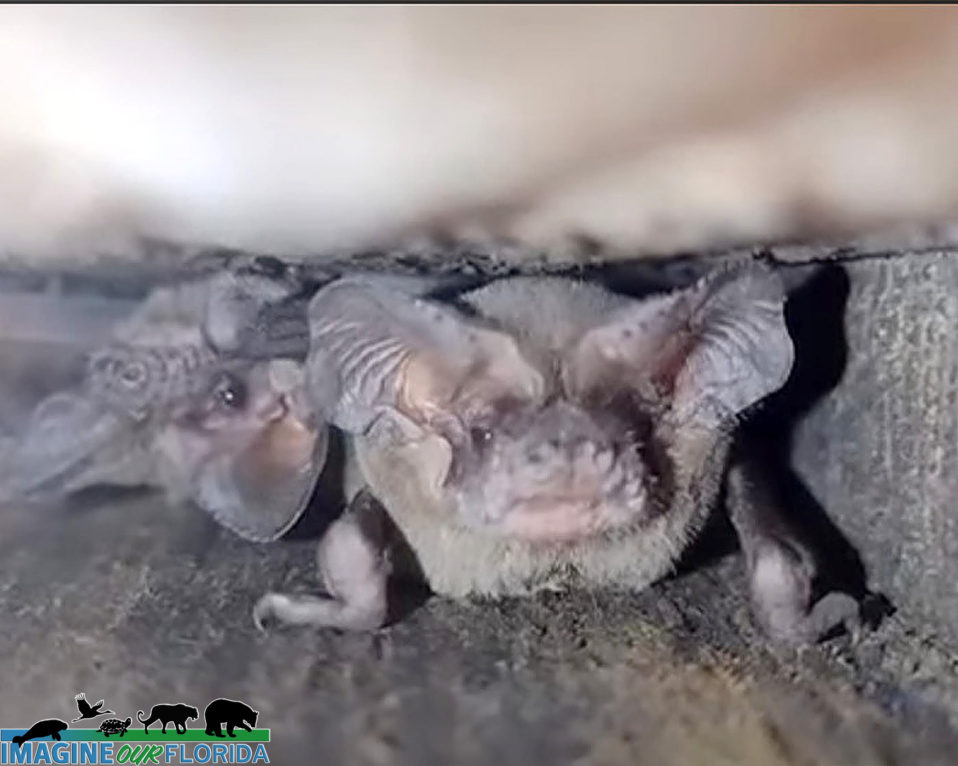
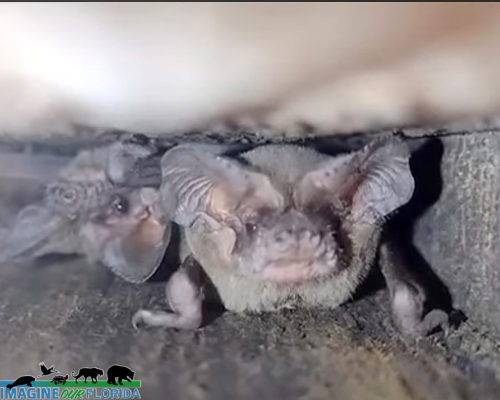
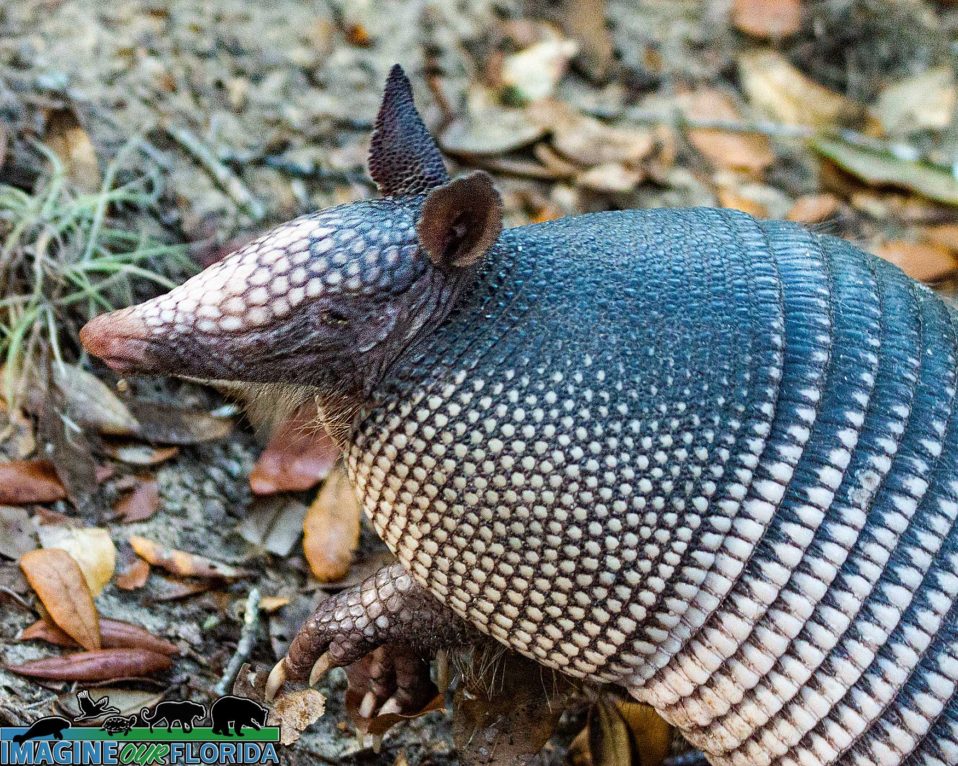
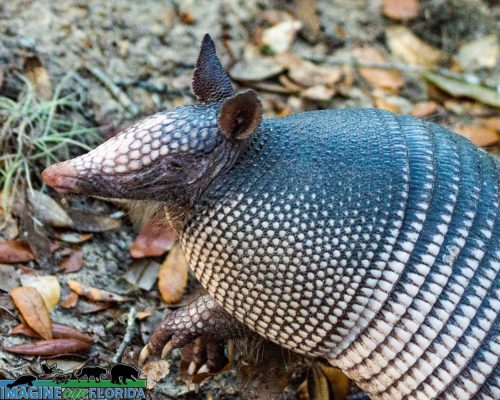
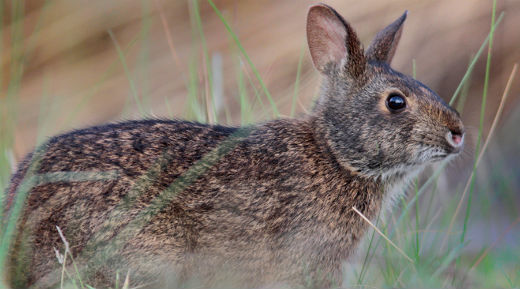
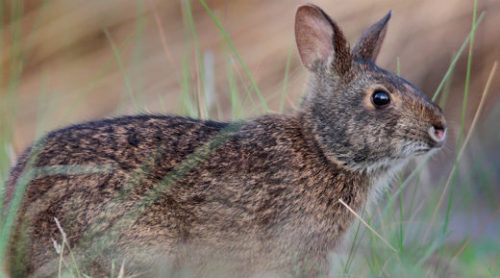
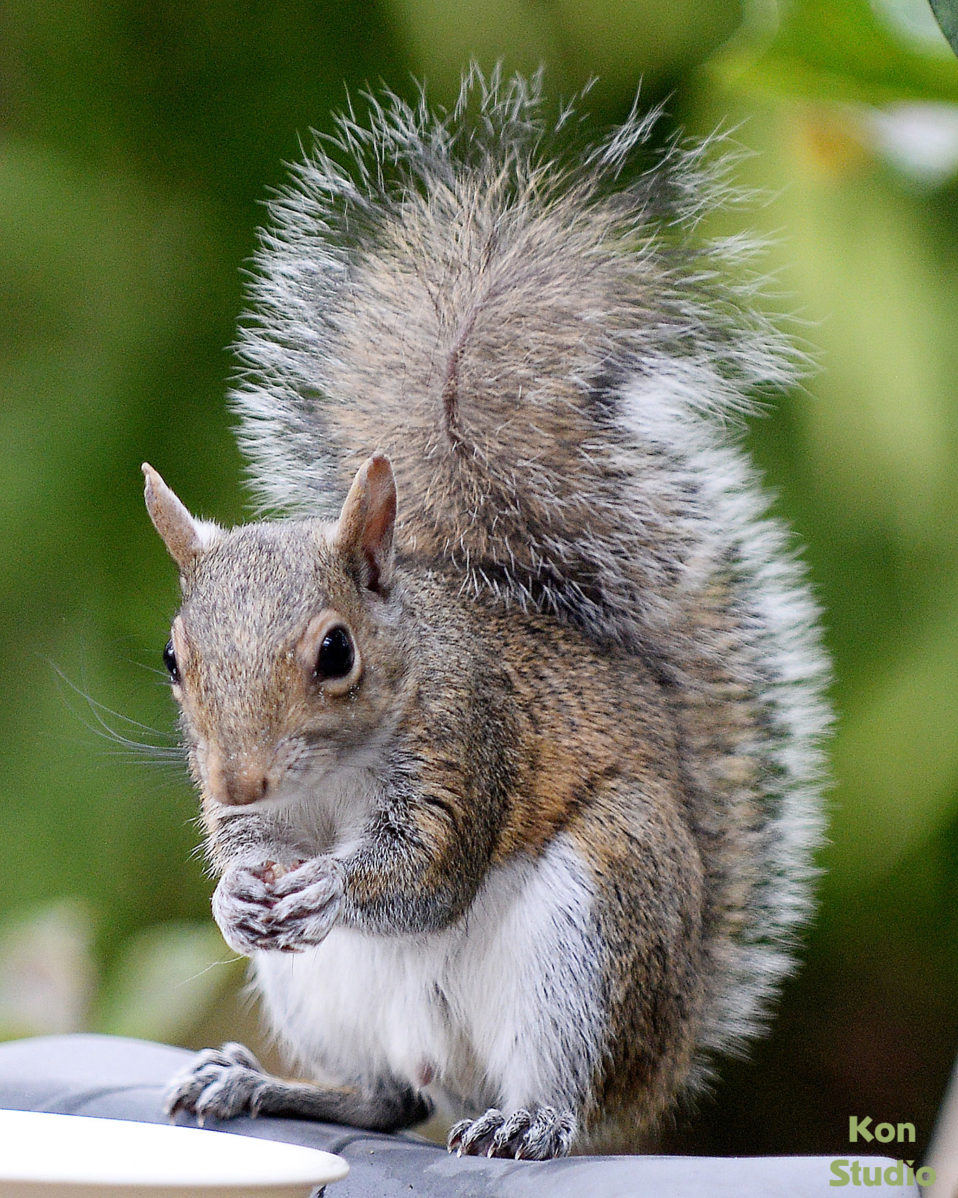
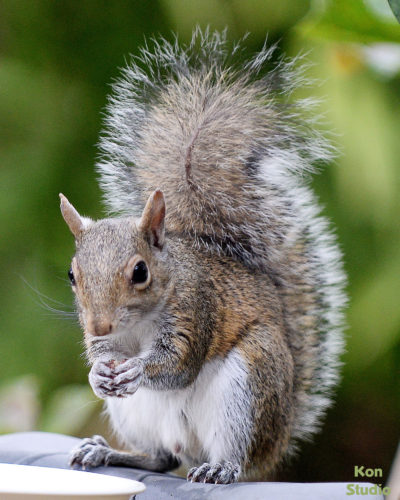
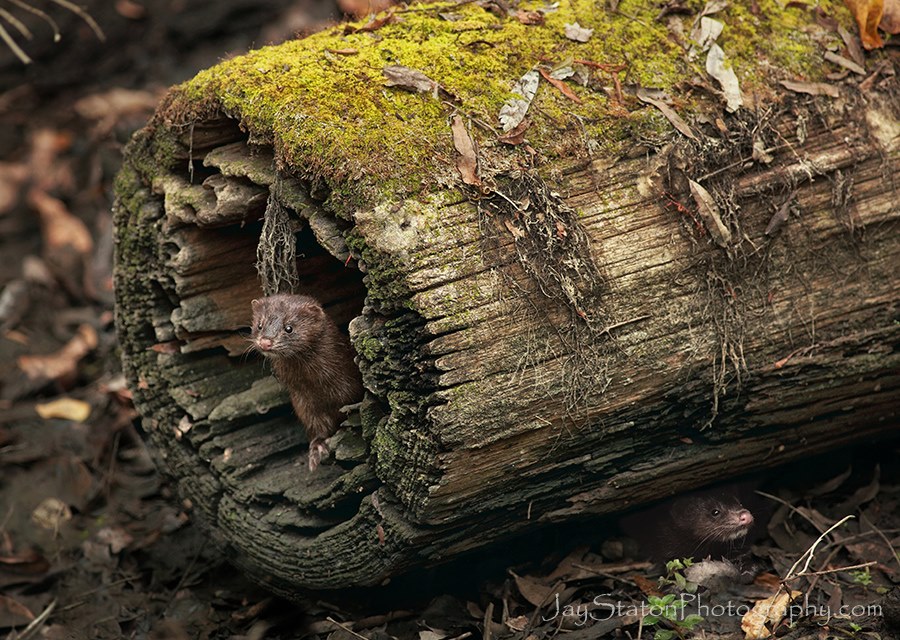
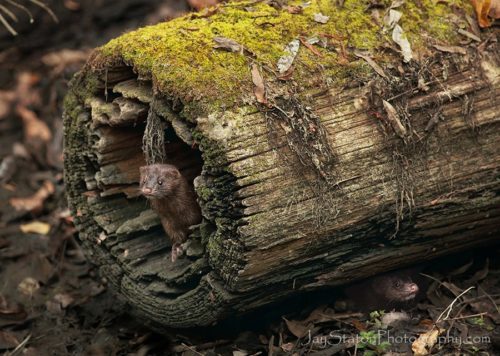
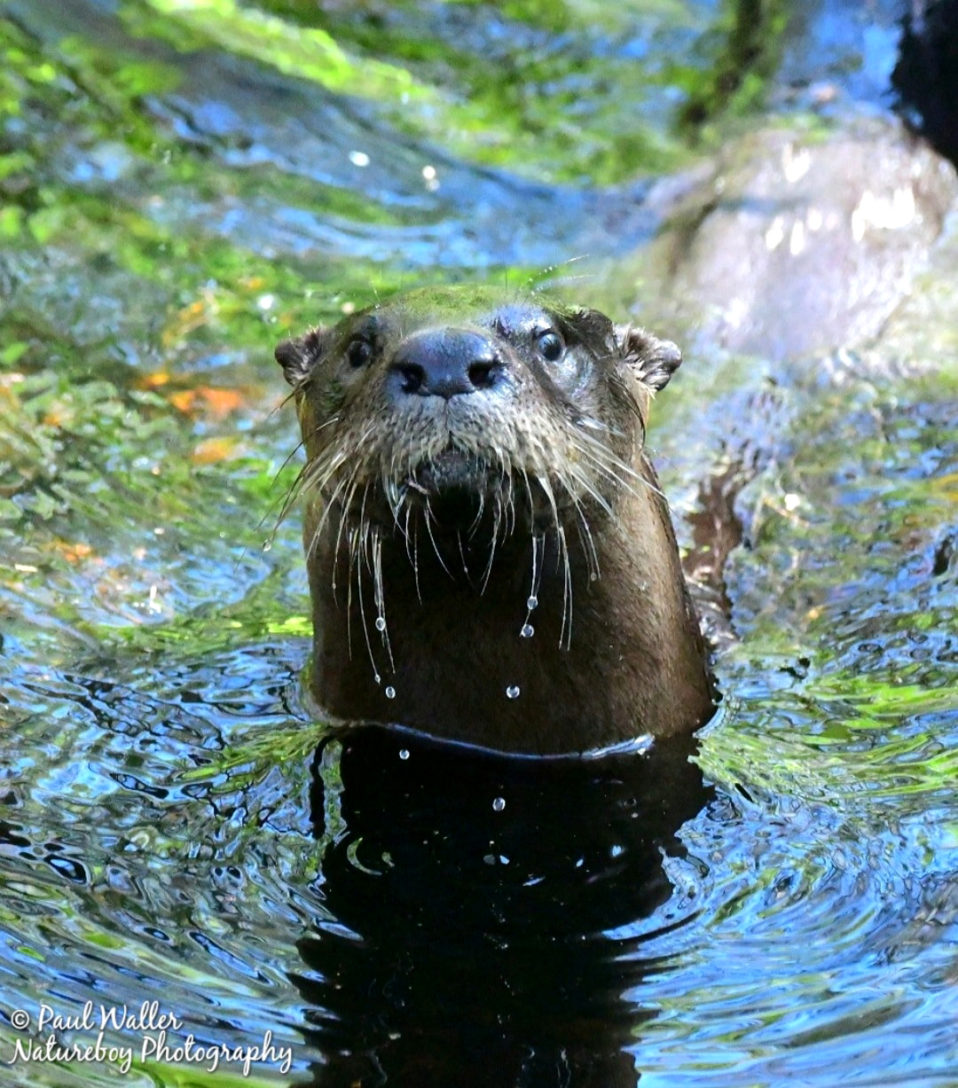
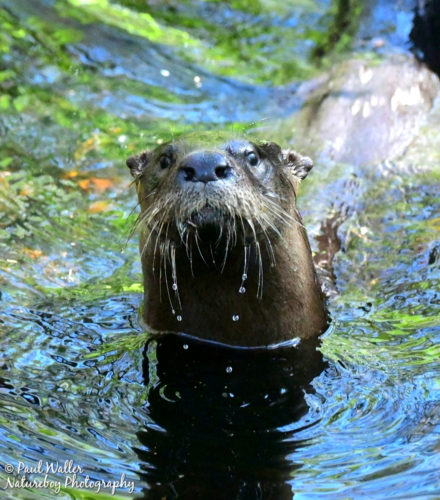
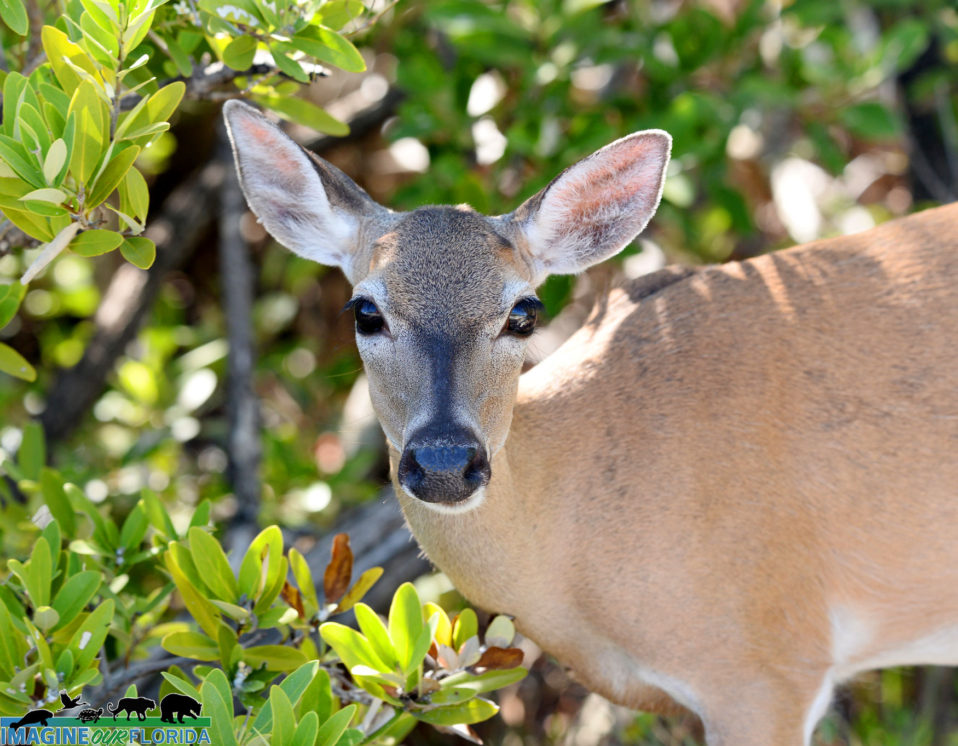
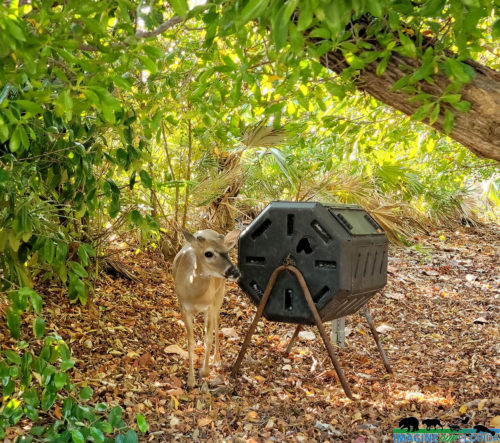
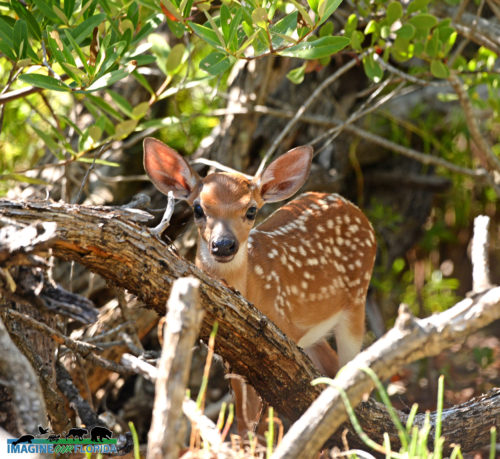
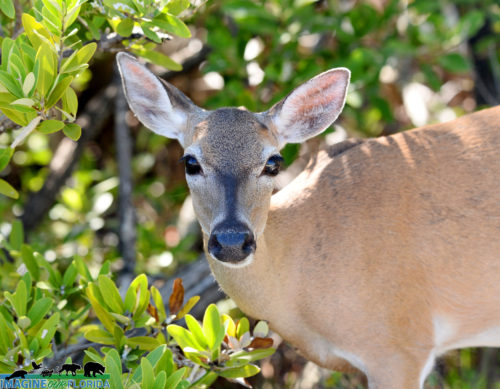
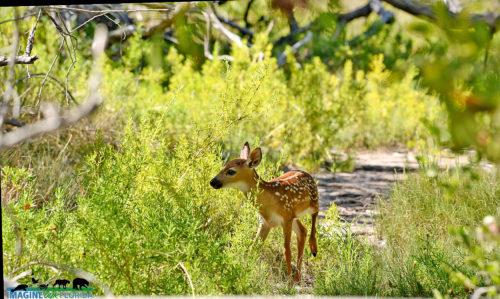
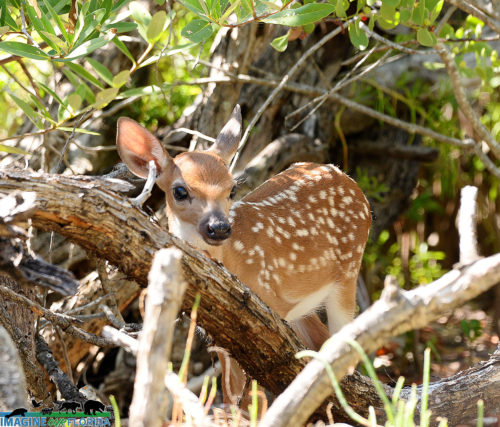
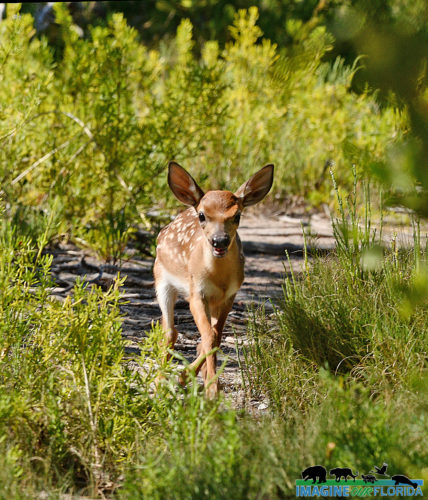
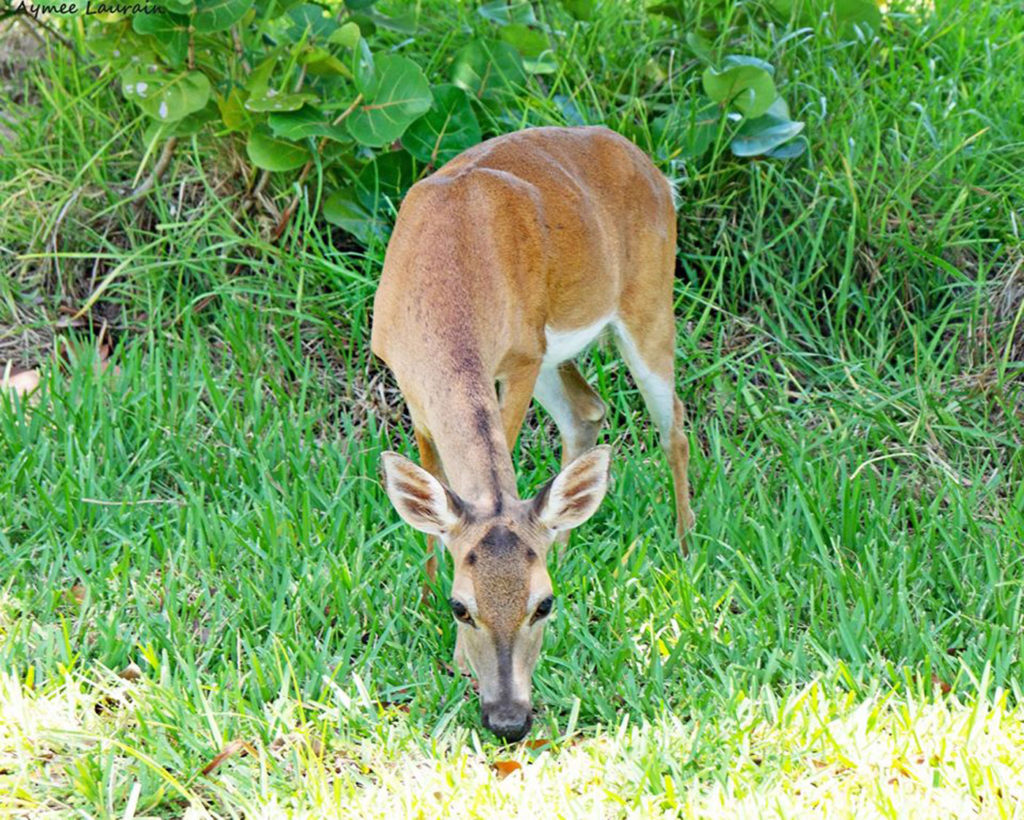
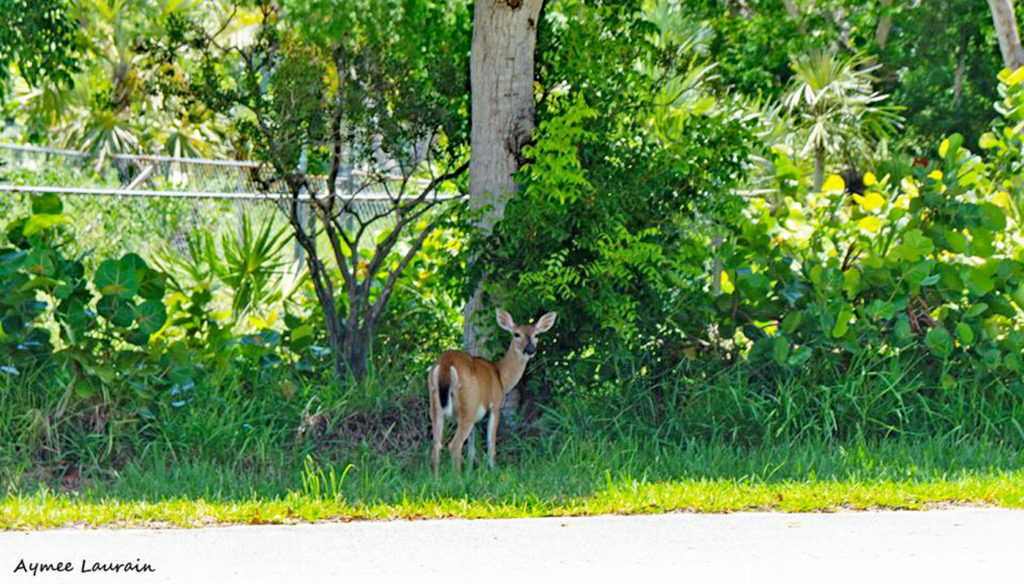
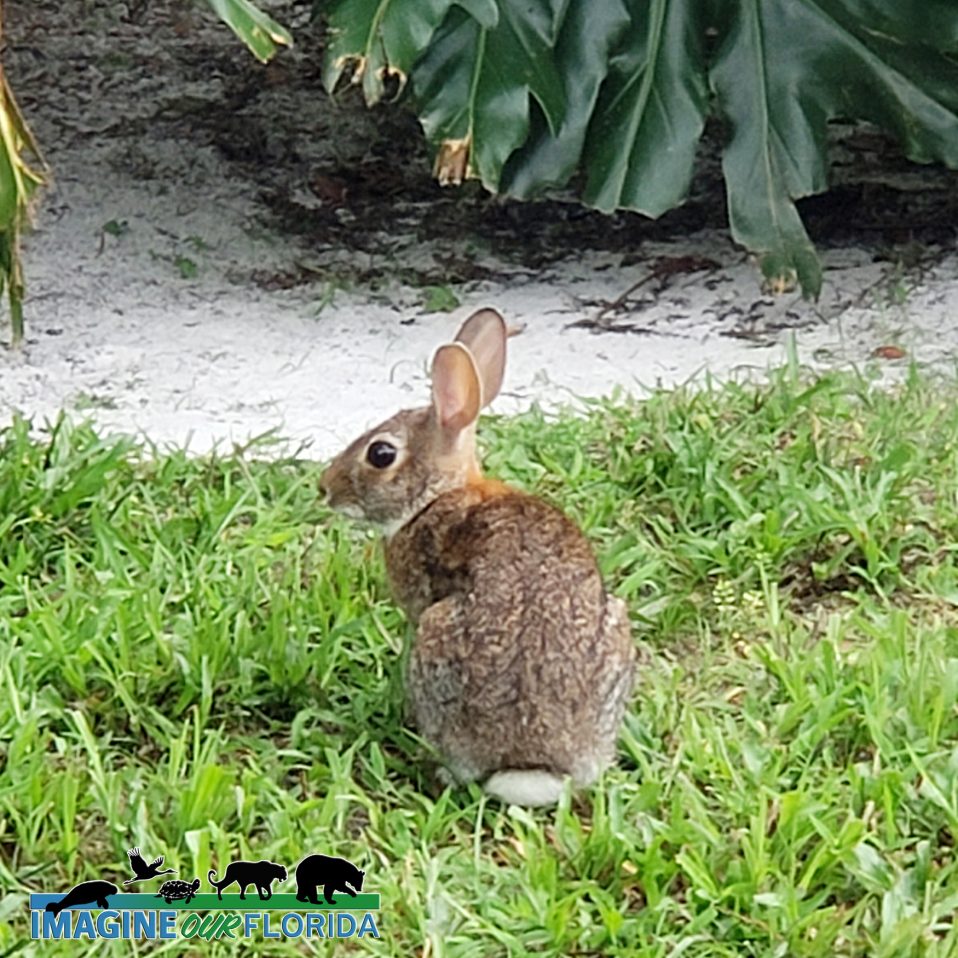
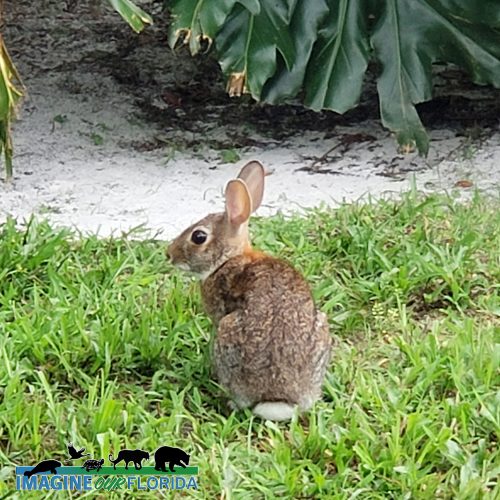
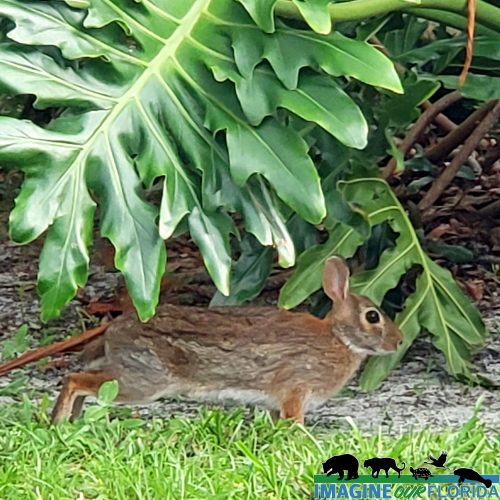

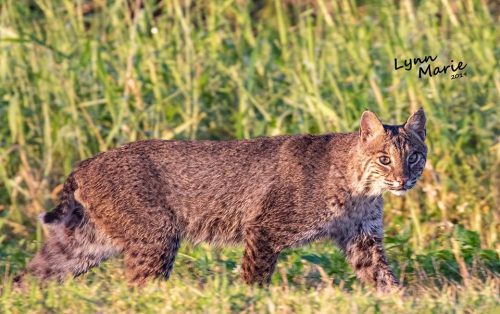
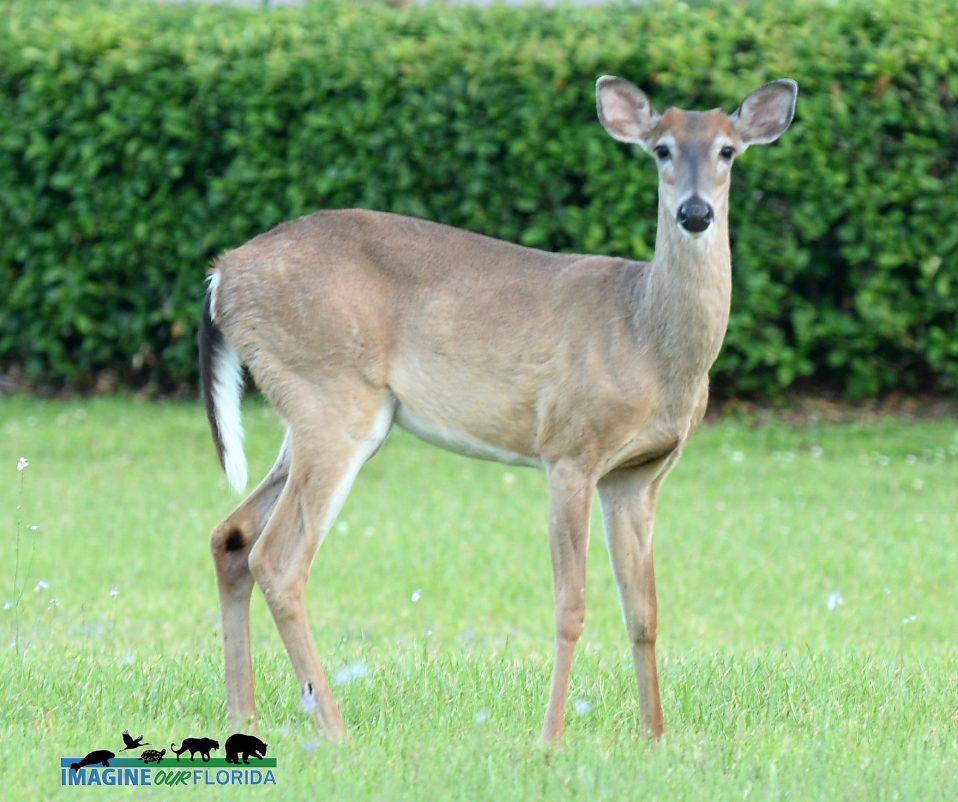
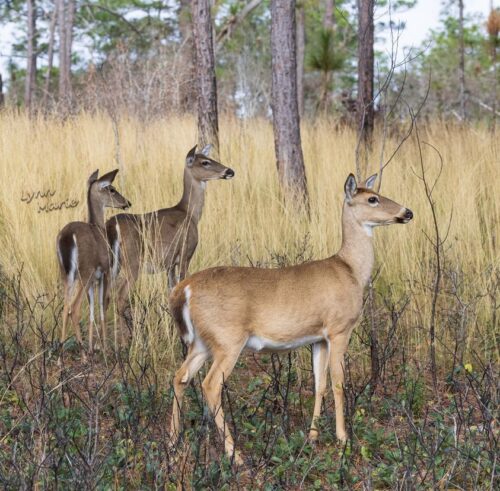
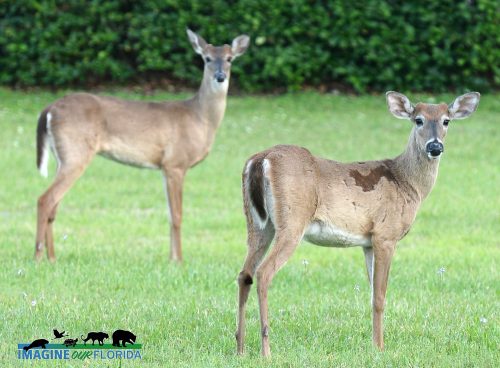
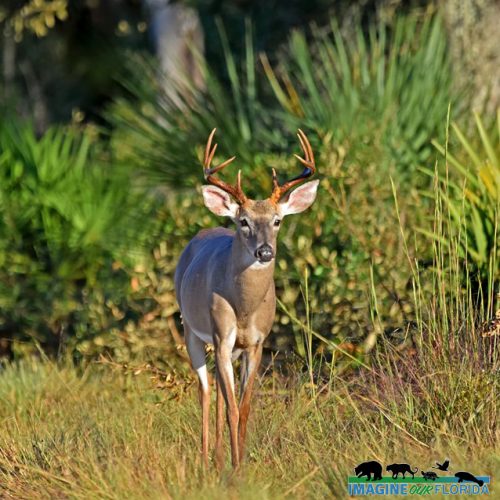
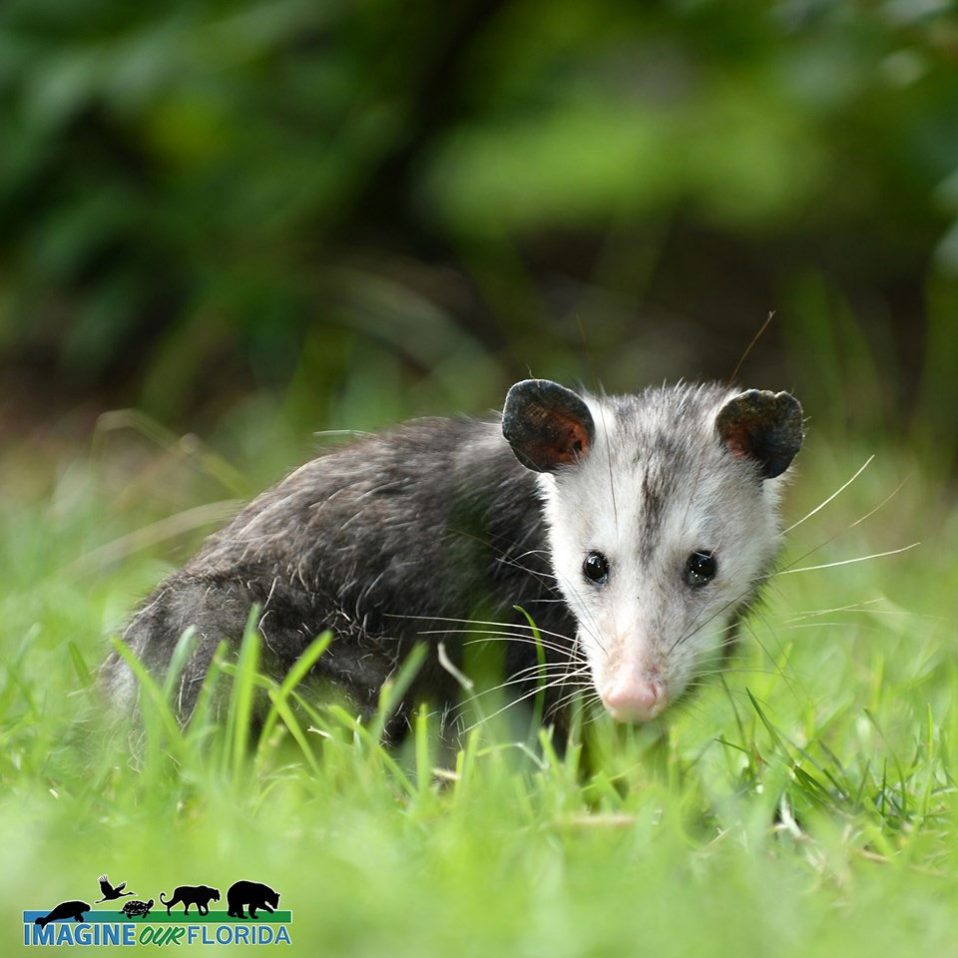
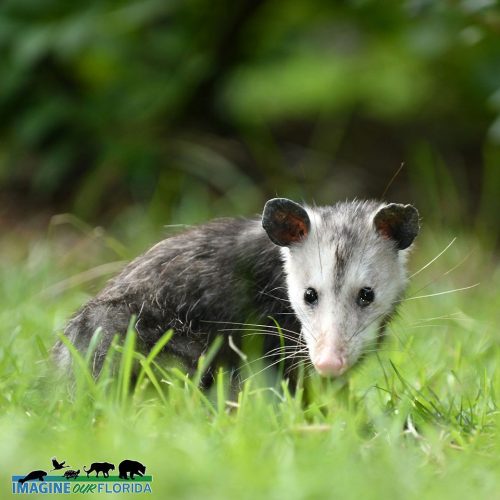
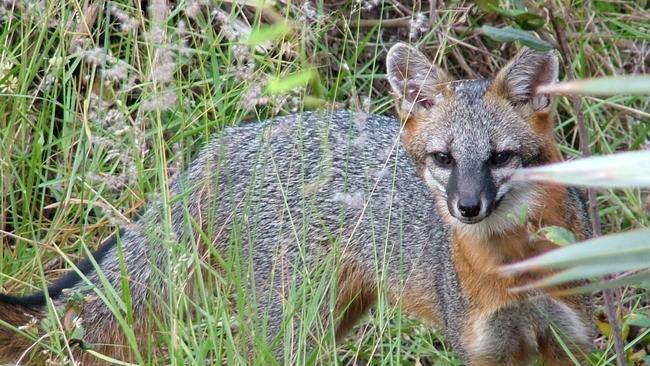
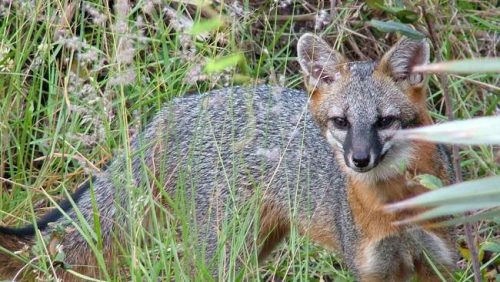
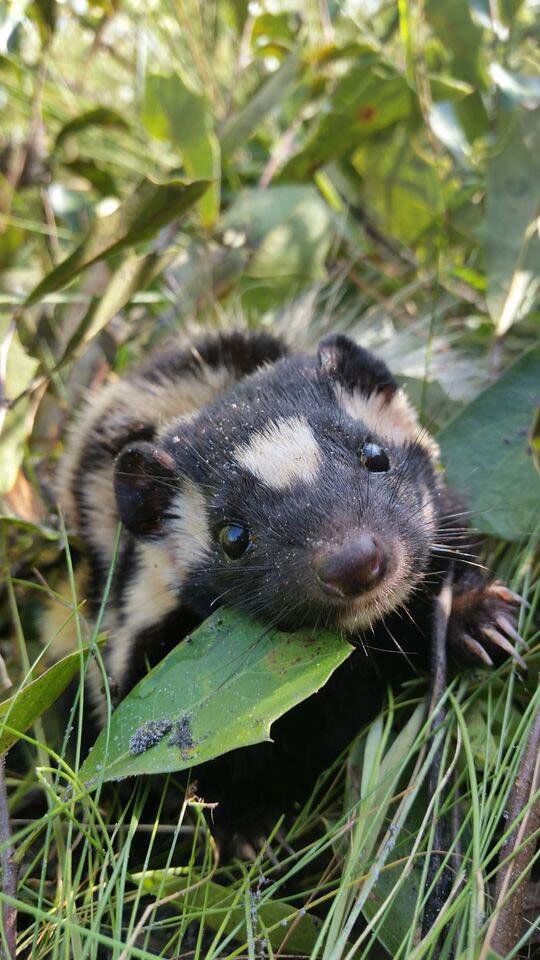
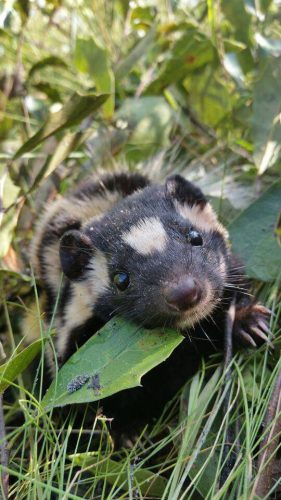
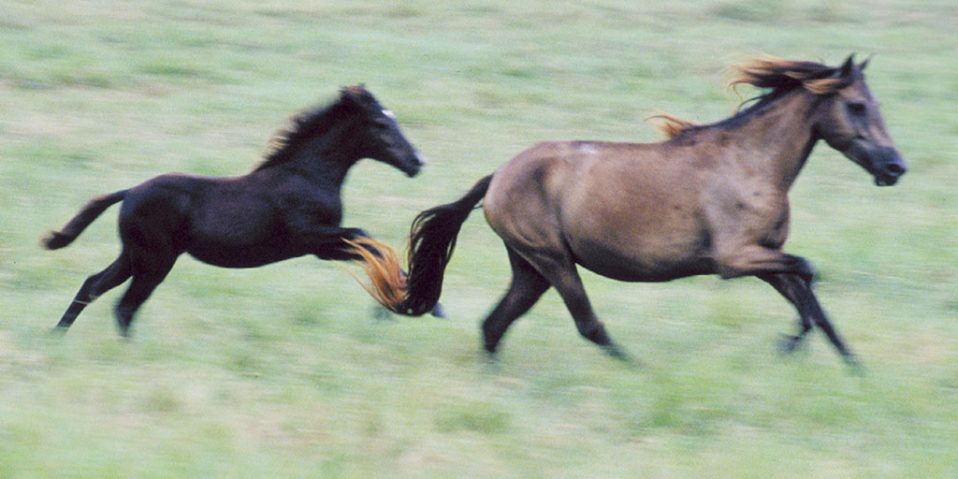
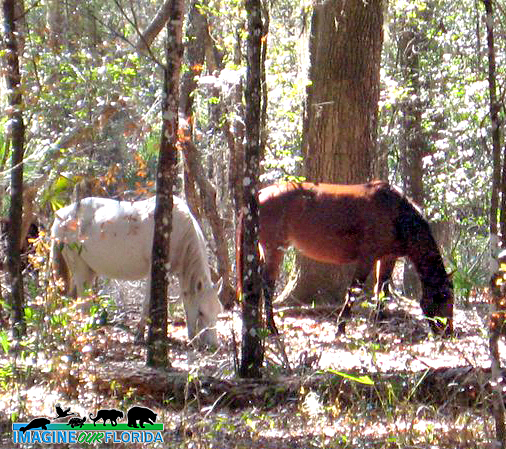
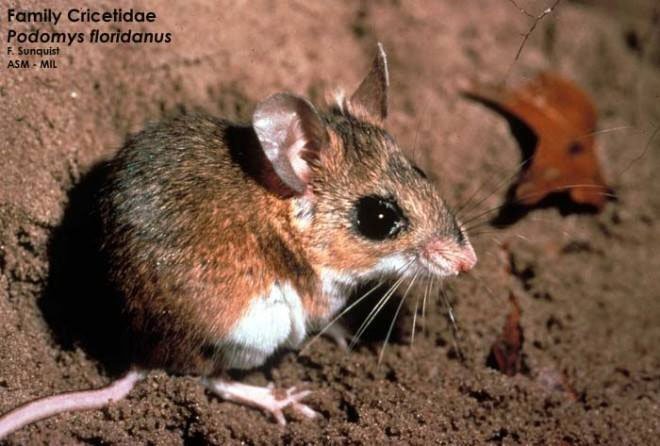
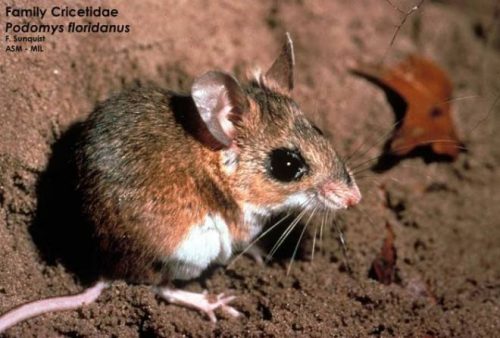
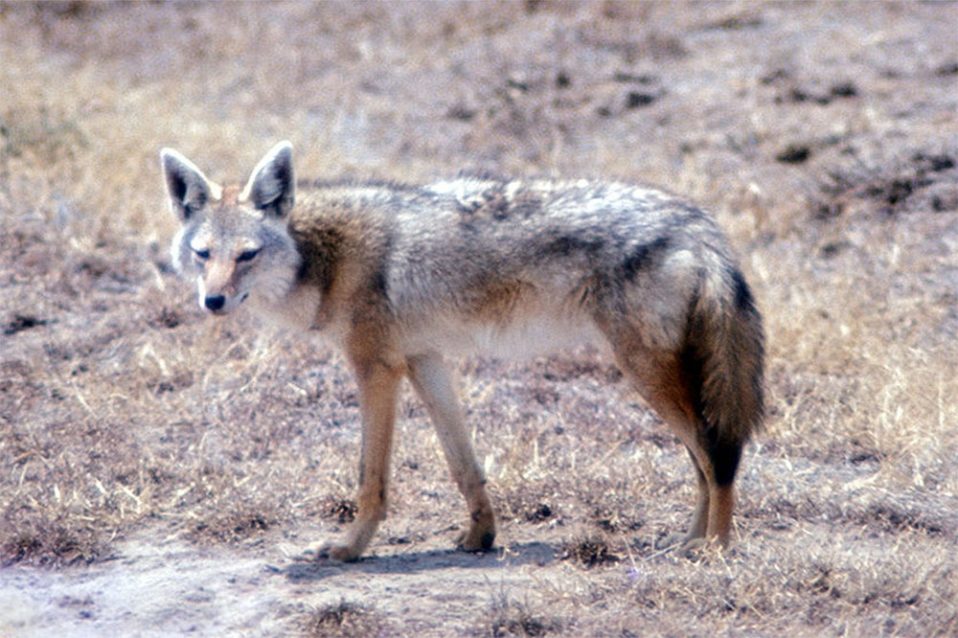
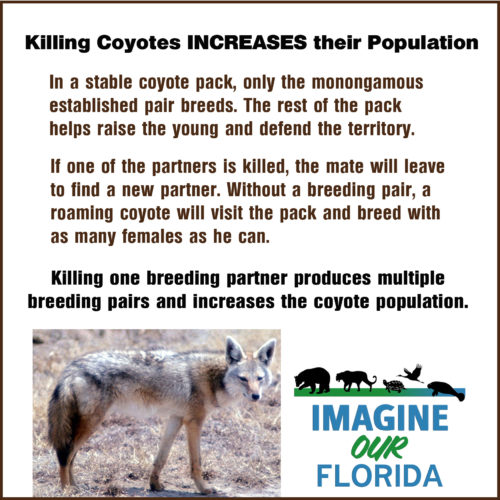
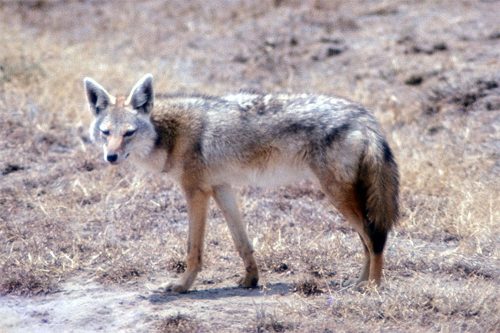
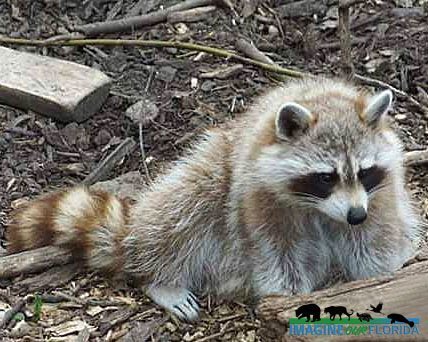
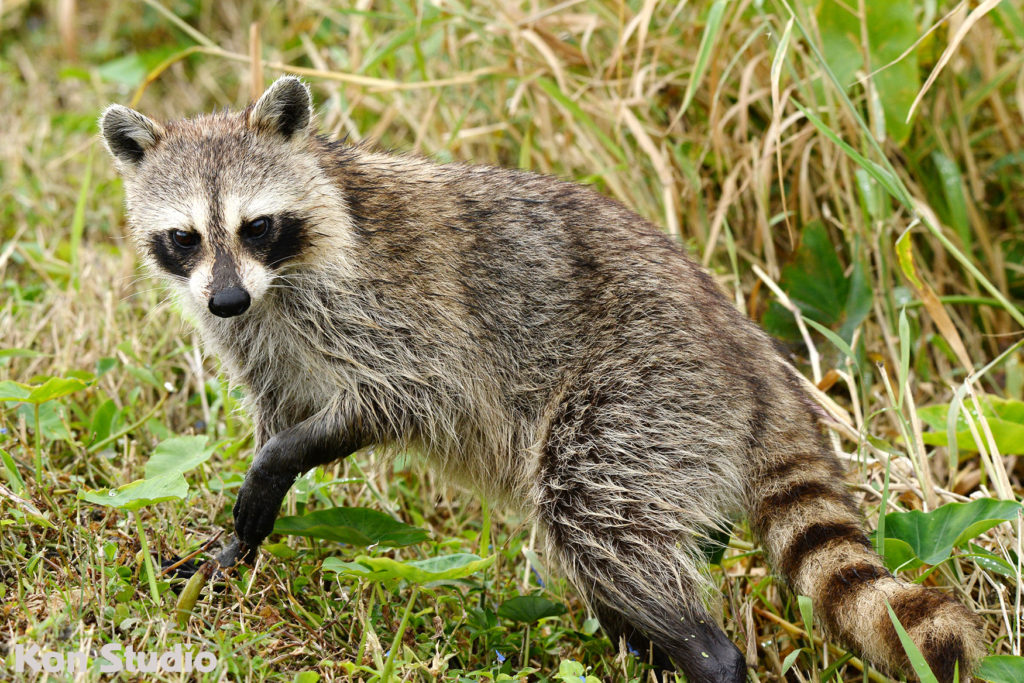

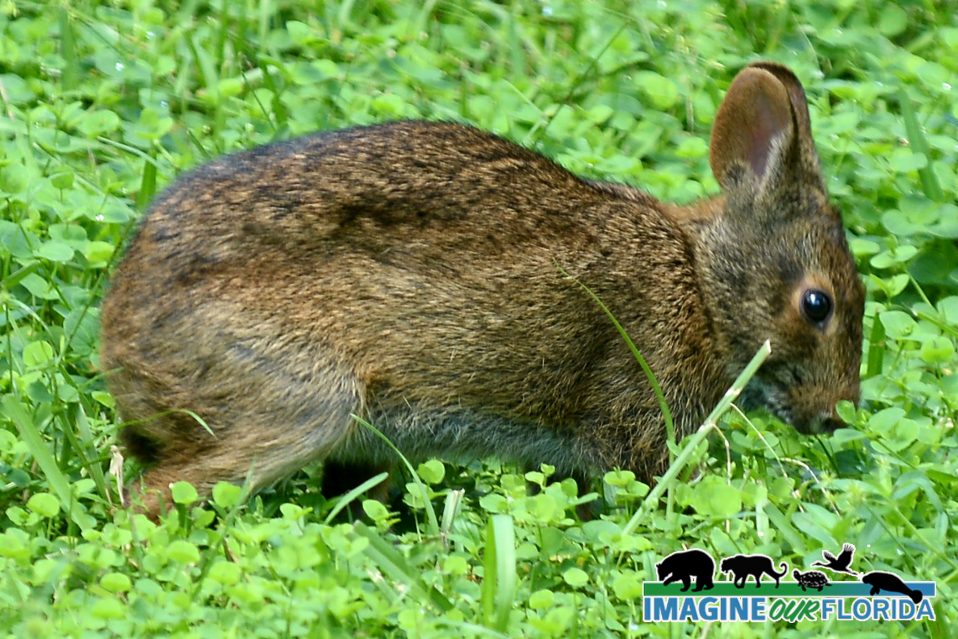
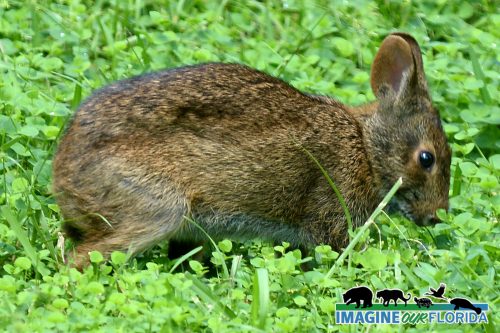
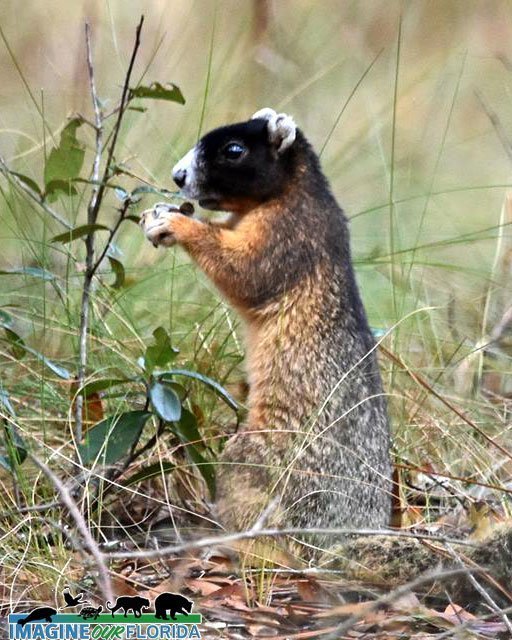
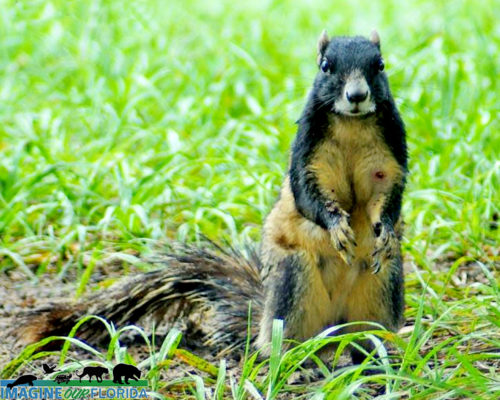
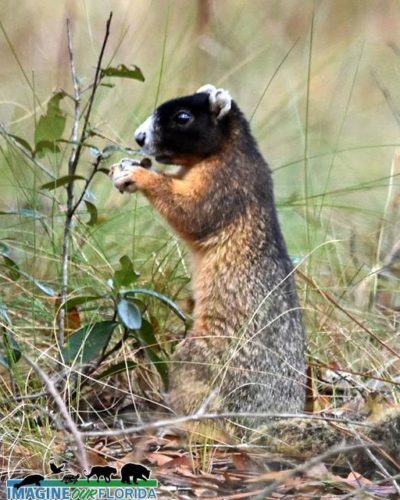
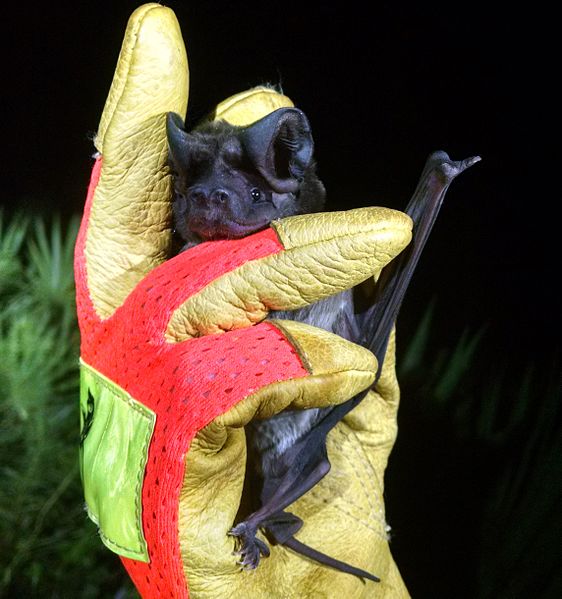
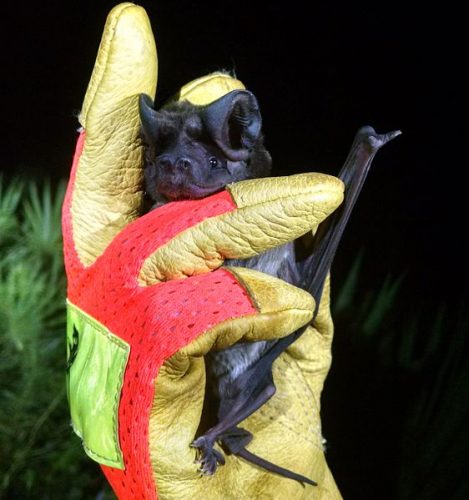
Recent Comments